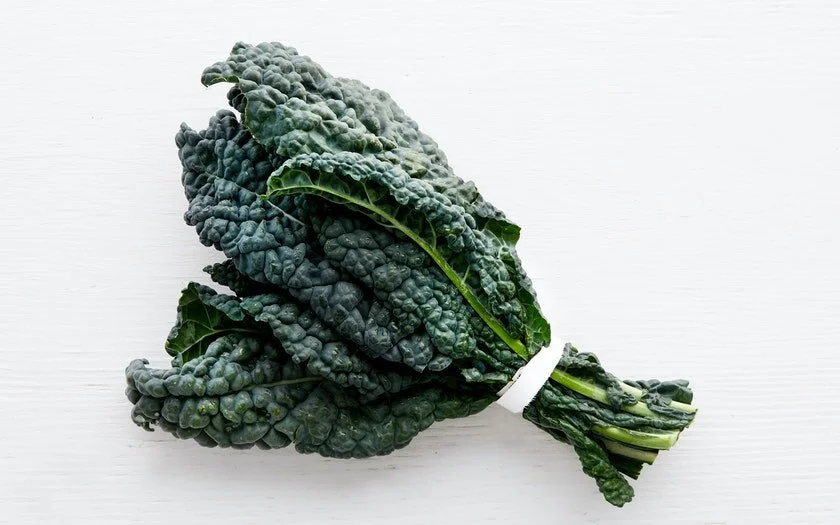PRACTICE: HASTA (HAND) MUDRAS FOR FOCUS IN YOGA ASANA
Mudras influence the flow of energy
Mudra is a sanskrit word meaning seal. In yoga it refers to gestures or attitudes which can be psychic, emotional, devotional, or simply for aesthetic effect. Mudras are used to influence the flow of prāṇa, or life-sustaining energy as well as to alter mood or increase concentration and focus on an object of meditation. A mudra can be a simple gesture with the hands or it can be a complex and prescriptive combination of body posture, subtle physical movements including muscular contractions and breathing techniques along with visualization. A full comprehension of this yogic technique requires a more subtle awareness that is achieved via sattvic or "pure" lifestyle and knowledge of subtle energy systems such as the chakras, pranas and nadis. Historically, these techniques were never fully recorded in detail; they were to be learned from a living teacher or guru who would impart knowledge of a mudra to a receptive and willing student.
HAND MUDRAS ARE A POWERFUL INTRODUCTION TO THE WORLD OF MUDRA
Hand mudras can easily be integrated into your yoga and meditation practice. Imagine each finger being a conduit of energy, energy shooting from the very tips. Curling the fingertips back in toward the palm and making a seal between the surface using our own resistance creates a closed circuit of energy emitted by the hands back into the body. This redirects our energy inward rather than letting it dissipate outward. This redirection of energy within induces concentration inward, preparing our mind and body for meditation. Done repetitively, mudras help make new neural connections which access and influence unconscious reflexes, instincts, and habitual patterns. Once a link is established between a mudra and a habit, a practitioner can use it to snap out of the pull toward the unconscious behavior and instead execute an intentional protocol. For this reason, hand mudras, known in Sanskrit as hasta-mudras, are a powerful introduction to the world of mudras.
Practice these hand mudras to help you develop awareness of the flow of energy in the body.
MUDRA OF WISDOM
CHIN + JNANA MUDRA
Chin and Jnana mudra are the quintessential psycho-neural hand mudras. Tuck the tip of each index finger underneath the thumbs to form a circle in a gesture of wisdom and let the remaining three fingers straighten outward, active yet relaxed. Thumbs facing upward is an expression of chit, or consciousness. Thumbs facing downward is a gesture of jñāna, or knowledge.
HOW TO: Perform this mudra in goddess pose, meditating on the conscious control of dynamic energy and the balance of the qualities of stability, creative force, and lightness.
01
INHALE: Press upward from the heels, engaging the thighs to keep the knees open over the heels. Imagine reaching energy up from the core. Hold that energy long as you extend up and outward as much as possible.
EXHALE: Reach right arm long with the extended fingers reaching toward the right toes. Left arm scoops upward and over to the right, stretching the left side of the torso.
Keep the chest open, the ribs reaching inward and the core strong, the hips stable. Breathe deeply as you maintain the posture for several breath cycles.
02
INHALE: Reach the left arm over to the left to come back center. Reach the fingertips long and out to the sides as you open up through the chest. Squeeze the back muscles and scapula to keep the chest open.
EXHALE: Relax the shoulders, ground down through the feet and stabilize through the thighs. Reset your mudra.
03
INHALE: Press upward from the heels, engaging the thighs to keep the knees open over the heels. Imagine reaching energy up from the core. Hold that energy long as you extend up and outward as much as possible.
EXHALE: Engage the left obliques, the abdominal muscles on the left side of the torso. Squeeze and contract the side body as if side-crunching to the left. The left fingertips will reach toward the left toes and the right arm will sweep up and over for a side bend on the left side, stretching the right side body.
mudra of reverence
ANJALI MUDRA
Anjali Mudra, often called "prayer hands" or "namaste hand" is a gesture of reverence. It is done with the palms of the hands pressing together at the chest as if holding something at the heart. This mudra symbolizes reverence for our true self and the intuitive wisdom of the heart. It is also a way we honor all the living beings that came before us as well as that intangible power that continuously sustains life.
HOW TO: Perform this posture in a balancing sequence to help keep you focused on drawing your energy inward toward the heart center. Press the palms toward each other as the chest expands outward against the pull of the hands. Keep the core strong and engaged throughout the movements.
01
INHALE: With the palms pressing in toward the midline of the body, feel the breath at the center of the chest. Aim to move in sync with the breath.
EXHALE: From goddess pose, shift weight to the ride side and bend the right leg deeply into a side lunge so that the seat is hovering just above the heel. The left leg is straight with the heel flexed, actively reaching out and away.
02
INHALE: Maintain the balance by keeping the chest lifted. The shoulders are stacked over the hips.
EXHALE: As you sink the hips lower, reach the hands away from the heart center and up toward the throat and then bring the mudra to rest at the third eye, or middle of the forehead between the eyebrows. Continue to breathe easily.
03
INHALE: Reach the crown of the head upward and continue opening the chest, extending the straight leg away.
EXHALE: As you press away from the ground, reach the palms above the crown of the head. Keep the elbows open and the shoulders squeezing down, firmly connected into the joint. Switch Sides and repeat on the left.
mudra of the blooming lotus
padma mudra
Lotus mudra is about blooming from murky depths, rising from fear and darkness and embracing new beginnings. Symbolically, this mudra is associated with Anjali mudra and the heart center. Begin with the hands in Anjali mudra. Keep the base of the palms, tips of the little fingers and thumbs pressing firmly together. Allow the three remaining fingers (ring, middle and index fingers) to spread wide apart. blossoming open to form the shape of a lotus opening its petals. Imagine the finger tips radiating energy outward and open. Sense the radiant light energy rising upward from within the lotus.
HOW TO: With the hands at heart center, press down into the feet and secure a stable foundation in your goddess pose. Open the hands up into lotus mudra.
01
INHALE: Maintain the blossoming lotus gesture and reach the hands upward and overhead. Imagine the lotus hands rising from deep roots, reaching up toward the light of the sun.
EXHALE: Relax the sides of the body, allowing the chest to lift, but the waist to settle toward the hips.
02
INHALE: Breathe a big breath into the chest, expand the ribs and gaze upward toward the mudra. Trust yourself to take your gaze upward, and perhaps even close your eyes and instead "see" through the inner eye of the heart.
EXHALE: Relax the ribs down, bring the mudra back to heart center, maintaining the long upward gaze.
03
INHALE: Open the arms out to the side, rotating the arms to allow the palms to face upward toward the sky. Reach fingertips as far out to the side as you can.
EXHALE: Press into the heels, engage the thighs and stand all the way up. Cycle through this sequence several times then take a few natural breaths in a standing posture, or tadasana/samasthiti posture. Feel the sensation of energy circulating through the entire body.
Mudra helps us focus on both physical sensation of touch as well as subtle sensation of our own mood and energy.
mudras are used to help us focus on an external object, redirecting us away from the depths of our thoughts and toward the sensation of the yoga posture. If you find it particularly hard to concentrate away from your mental chatter, try incorporating one of the above mudras into your practice.
- More on the Blog -
Daily Ritual
Model: Shamekia Lashay Goldsmith, 200 HR CYT. Shamekia leads yoga classes in East Bay.
Photography: Jolisa Nadine
41117



































